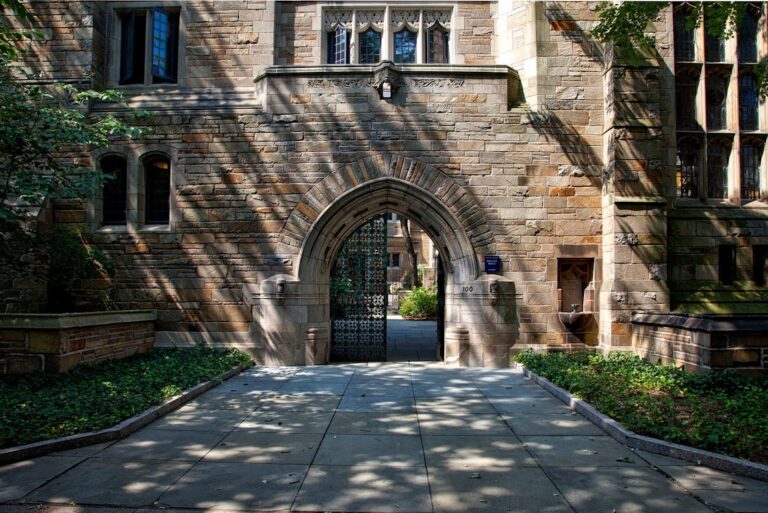Qualified charitable distributions allow individual retirement holders to divert some of their federally taxable required distributions to charity, reports a recent article “A tax break for retirees is back. Here’s how to use it–and what to avoid,” from The Washington Post. Known as QCDs, they were not a big deal until 2017, when a change in the tax law changed the number of people itemizing deductions, including charitable contributions, from 31 percent to 11 percent, according to the IRS.
Tax laws let you put tax-deductible money into “defined contribution” accounts, including IRAs, 401(k)s and 403(b)s, until you reach age 72, when you are required to start taking withdrawals—federally taxable Required Minimum Distributions (RMDs)–from the accounts. (NOTE: this age used to be 70 1/2 until the recent tax law change in the SECURE Act).
The size of the distribution depends upon the year-end retirement account balances and your age. If you had $100,000 in a retirement account last December 31 and turned 75 this year, the RMD is about $4,370. For an 80-year-old, the number would be around $5,350, and at 85, it would be $6,760.
In 2020, Qualified Charitable Distributions were of little interest because the CARES Act cancelled any Required Minimum Distribution requirements. You could still use a QCD, but there was no tax advantage of reducing taxable income by offsetting required distributions.
In 2021, Required Minimum Distributions are back, and Qualified Charitable Distributions are worth doing again. To make a QCD, you ask the IRA administrator to send a check made out to a registered charity. You are permitted to donate as much as $100,000 per year. Let’s reinforce the message: the check must be made out to the charity, not to you. You also may not send the money to your own donor-advised fund.
IRAs can be used for Qualified Charitable Distributions, but not 401(k)s or 403(b)s.
You will need to keep track of the Qualified Charitable Distributions yourself. Do not expect the IRA custodian to do that for you. The retirement plan does send a tax form, the 1099-Rs, to the IRS that shows your total distributions for the year. The Qualified Charitable Distributions are subtracted from your 1099-R income by you or your tax preparer.
It sounds great, but there is a problem, created by the SECURE Act of 2019. That law let people aged 70½ and older make tax-deductible contributions to their IRAs. However, if you make a tax-deductible contribution to your IRA that you use for a Qualified Charitable Distribution, it triggers a reduction in the amount of the QCD that you can deduct from your federally taxable income.
Do not make Qualified Charitable Distributions from the same IRA to which you are making tax-deductible contributions.
You can set up a solo 401(k) if you are self-employed or use a SEP-IRA to make deductible contributions. Here again, trouble lurks; do not make a Qualified Charitable Distribution from a SEP-IRA in the same year you are claiming an income tax deduction for contributing to the SEP-IRA.
If you are looking for more advanced estate planning strategies to minimize estate tax, gift tax, or income tax, take a look at some advanced estate planning options.
Reference: The Washington Post (March 18, 2021) “A tax break for retirees is back. Here’s how to use it–and what to avoid”










